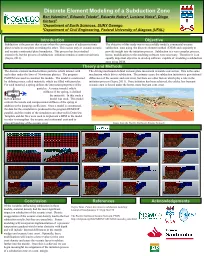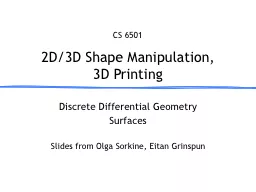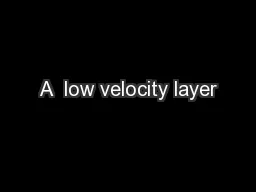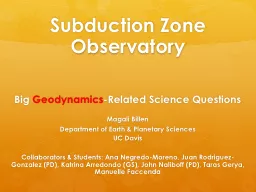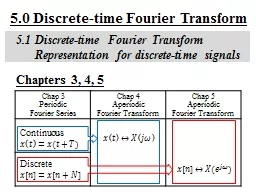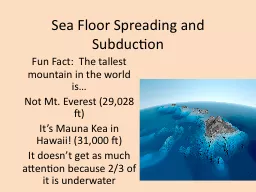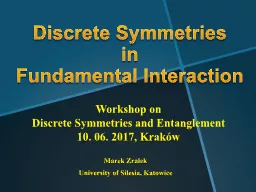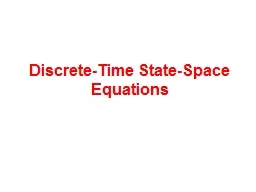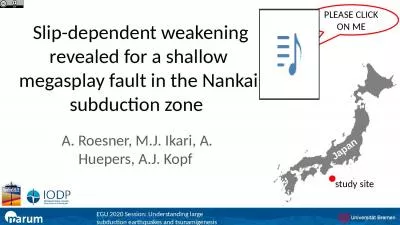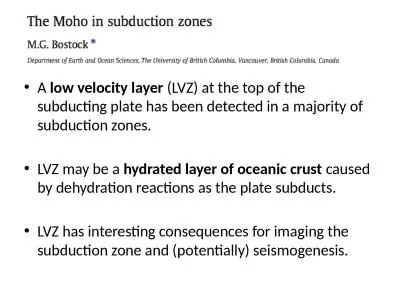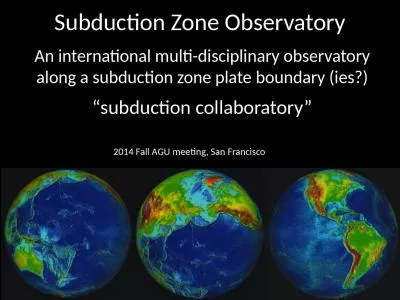PPT-Discrete Element Modeling of a Subduction Zone
Author : briana-ranney | Published Date : 2016-07-21
Ben Valentino 1 Eduardo Toledo 2 Eduardo Nobre 2 Luciana Vieira 2 Diogo Cintura 2 1 Department of Earth Sciences SUNY Oswego 2 Department of Civil Engineering
Presentation Embed Code
Download Presentation
Download Presentation The PPT/PDF document "Discrete Element Modeling of a Subductio..." is the property of its rightful owner. Permission is granted to download and print the materials on this website for personal, non-commercial use only, and to display it on your personal computer provided you do not modify the materials and that you retain all copyright notices contained in the materials. By downloading content from our website, you accept the terms of this agreement.
Discrete Element Modeling of a Subduction Zone: Transcript
Download Rules Of Document
"Discrete Element Modeling of a Subduction Zone"The content belongs to its owner. You may download and print it for personal use, without modification, and keep all copyright notices. By downloading, you agree to these terms.
Related Documents

